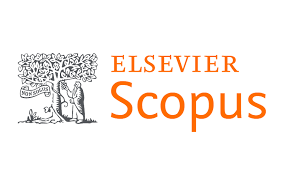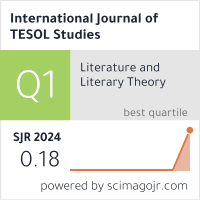2632-6779 (Print)
2633-6898 (Online)


Scopus
Ulrich’s Periodicals Directory (ProQuest)
MLA International Bibliography
MLA Directory of Periodicals
Directory of Open Access Journals (DOAJ)
QOAM (Quality Open Access Market)
British National Bibliography
WAC Clearinghouse Journal Listings
EBSCO Education
ICI Journals Master List
ERIH PLUS
CNKI Scholar
Gale-Cengage
WorldCat
Crossref
Baidu Scholar
British Library
J-Gate
ROAD
BASE
Publons
Google Scholar
Semantic Scholar
ORE Directory
TIRF
China National Center for Philosophy and Social Sciences Documentation
Joseph Arthur Davies
Duke Kunshan University, China
Laura Jane Davies
Duke Kunshan University, China
Brandon Conlon
New York University Shanghai, China
Jamie Emerson
University of Nottingham Ningbo, China
Hannah Hainsworth
University of Nottingham Ningbo, China
Hugh Gregory McDonough
Lancaster University, UK
Abstract
The ongoing global COVID-19 pandemic has had an unprecedented impact upon education across multiple sectors, fields and disciplines. Campus closures, strict self-isolation and physical distancing measures require educators to rethink all aspects of course delivery. In response, many institutions have transformed face-to-face learning to online delivery at extremely short notice. Furthermore, for institutions delivering transnational English as a Medium of Instruction (EMI) education, the pandemic poses significant challenges for providing effective English for Academic Purposes (EAP) support. This paper aims to contribute towards the ongoing discussion related to COVID-19’s impact on English language teaching. Specifically, the paper presents a reflective overview of how five individual EAP courses across four Sino-foreign universities based in China, and at the forefront of the global COVID-19 pandemic, responded to this crisis. To provide a variety of contingency models, EAP courses at two Sino-US and two Sino-UK universities at different stages of development are discussed.Through reflection and comparison, areas of good practice and the key challenges faced when transforming EAP courses from face-to-face to online delivery are discussed. All five EAP courses are compared using interaction, learner autonomy, feedback, and leadership and institutional support as key themes. The paper also presents practical implications drawn from the shared experiences of EAP practitioners from all four Sino-foreign universities. Ultimately, the paper aims to share the lessons learned by EAP practitioners to support those who may be required to make similar adjustments to their course delivery both within and beyond EAP teaching contexts.
Keywords
COVID-19, English for academic purposes, online instruction, pedagogy, sino-foreign universities,
teaching English as a second or foreign language